
• General Information
• Important Dates
• Keynote Speakers
• Committees
• Paper Submission
• Registration Procedure
• Venue
• Scientific Program
• Journal Publications
• Social Program
• Useful Links
• Contact us



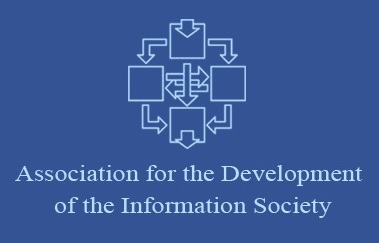
Prof. Alfred M. Bruckstein
Ollendorff Chair in Science
Technion, IIT, Israel
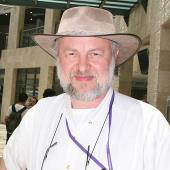 Title: Probabilistic Ant Pursuits and Grid Geometry
Title: Probabilistic Ant Pursuits and Grid GeometryAbstract:
We survey some models of stochastic multi-agent interactions, involving simple ant-like a(ge)nts moving on grids, or some general planar graph environments, leading to interesting results concerning the average number of visits to various sites and to connections between Euclidean and discrete geometry. We first describe a probabilistic pursuit model on the discrete grid, and show that a chain pursuit involving a sequence of agents emerging at some starting point and ending at a fixed target location, converges to a Markov chain of shortest walks, and yields that the visit frequency profile at each location defines with high precision a continuous straight line connecting the source and the destination in the Euclidean plane. Subsequently we discuss some recent results on similar pursuits defined on different planar graphs, and show that, under some interesting geometric conditions, similar results hold. Finally we discuss some interaction that yield convergence to more complex geometric objects in the plane, and delineate a research program that uses interacting agents leaving pheromone trails in discretized environments to solve, with high precision, a variety of continuous geometric optimization problems.
Biography:
Alfred M. Bruckstein holds a BSc and MSc in Electrical Engineering from Technion - Israel Institute of Technology, Haifa, Israel. His doctoral degree, also in Electrical Engineering, is from Stanford University, California, USA. He is a Technion Ollendorff Professor of Science in the Computer Science Department. He has done research on Neural Coding Processes, Stochastic Point Processes, Estimation Theory, Scattering Theory, Signal and Image Processing, Computer Vision and Graphics, and Robotics. Over the years he has held visiting positions at Bell Laboratories (Murray Hill, NJ, USA), TsingHua University (Beijing, China), Nanyang Technological University (Singapore), and Karlsruhe University (Germany), and has made short-time visits to many universities and research centers worldwide. At Technion, he was the Dean of the Graduate School, and Head of the Technion Excellence Program. Prof. Bruckstein is SIAM Fellow for contributions to Signal and Image Processing and Ant Robotics. He is a recipient of Hershel Rich Technion Innovation Award for 2002 for the development of the Computerized Marionette Theater System. He holds an Honorable Mention of the Pattern Recognition Society for an Outstanding Contribution to the Pattern Recognition Journal. He was conferred Hershel Rich Technion Innovation Award for 1993, for the development of DigiDURER, a Digital Engraving System. His paper "Why the Ant Trails Look so Straight and Nice" was selected as one of the "top science stories in 1993" by Discover Magazine, in the field of Mathematics. The paper was also reviewed in Science Magazine and in the New Scientist and several other journals and newspapers worldwide.
Prof. Edwin R Hancock
Doctor Honoris Causa - University of Alicante
University of York, UK
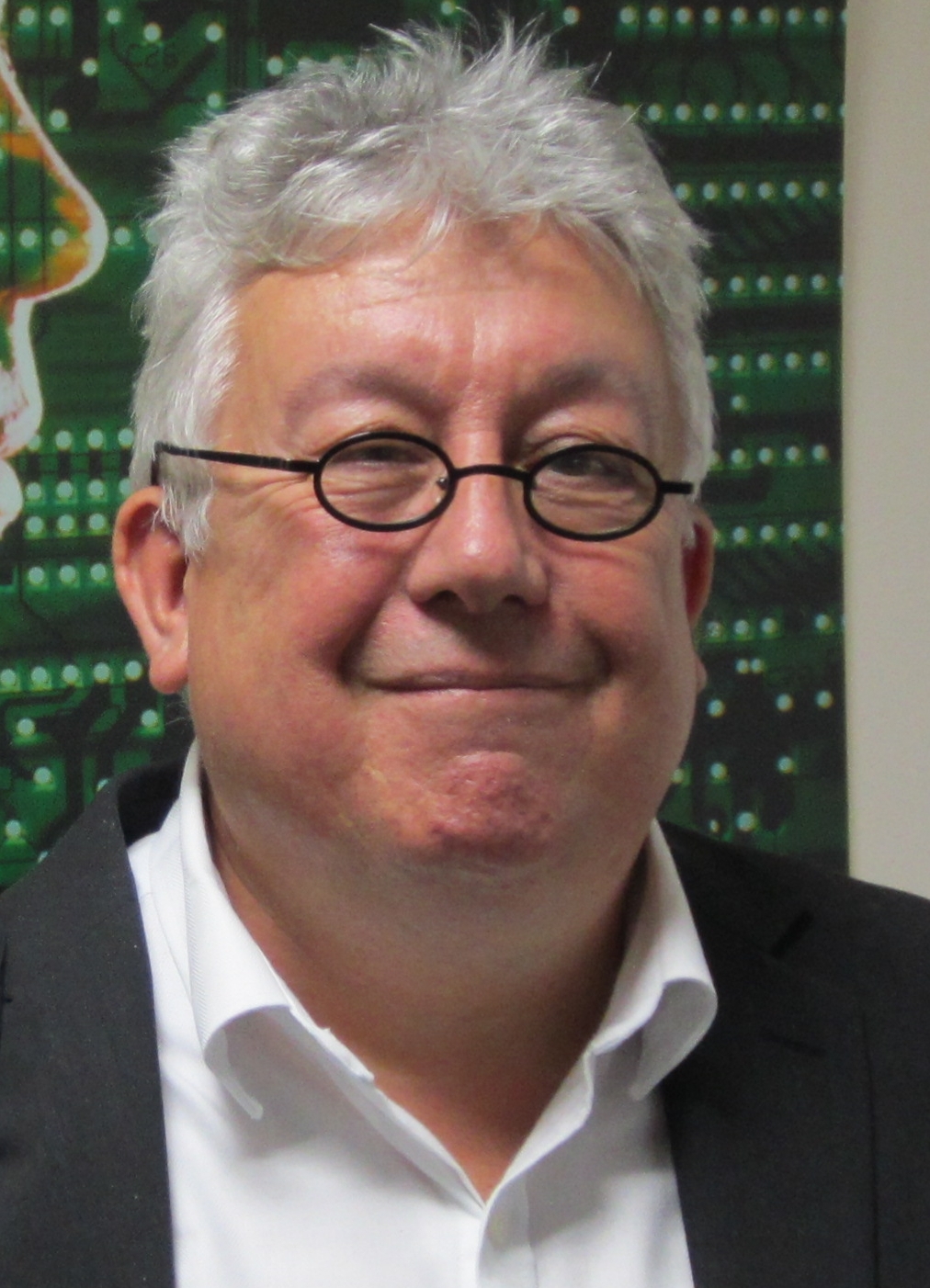 Title: Quantum graphs, the edge-based Laplacian and Shape
Title: Quantum graphs, the edge-based Laplacian and ShapeAbstract:
This talk explores the possibility of using a quantum graph representation to explore information flow across a network (or a graph) in the form of wave propagation. Quantum graphs are graphs with differential operators acting on functions defined over real valued intervals associated with the edges. They provide a convenient representation which allows differential operators from calculus to be generalised to network structures, the simplest of which is the metric Laplacian. We present complete solutions of a wave equation on a quantum graph, obtained using the quantum graph Laplacian. The solutions obtained using the Laplacian are more complex than those obtained from the traditional vertex-based graph Laplacian counterpart due to the more complex structure of the eigenfunctions. Specifically, we provide explicit solutions for the wave equation where the initial condition is a Gaussian wave packet confined to a single edge of the graph. We use the new solutions to develop methods for characterising graphs, and demonstrate their advantages over those obtained using the discrete graph Laplacian. Moreover, the partial differential equations defined using the quantum graph Laplacian may be of great interest in the study of complex networks where distance, speed of propagation, and connectivity structure of the networks are important. Examples of the application of this new network characterisation to shape representation are presented.
Biography:
Edwin R. Hancock holds a BSc degree in physics (1977), a PhD degree in high-energy physics (1981) and a D.Sc. degree (2008) from the University of Durham, and a doctorate Honoris Causa from the University of Alicante in 2015. From 1981-1991 he worked as a researcher in the fields of high-energy nuclear physics and pattern recognition at the Rutherford-Appleton Laboratory (now the Central Research Laboratory of the Research Councils). During this period, he worked on high energy physics experiments at the Stanford Linear Accelerator Center (SLAC) providing the first measurements of charmed particle lifetimes. He also held adjunct teaching posts at the University of Surrey and the Open University. In 1991, he moved to the University of York as a lecturer in the Department of Computer Science, where he has held a chair in Computer Vision since 1998. He leads a group of some 25 faculty, research staff, and PhD students working in the areas of computer vision and pattern recognition. His main research interests are in the use of optimization and probabilistic methods for high and intermediate level vision. He is also interested in the methodology of structural and statistical and pattern recognition. He is currently working on graph matching, shape-from-X, image databases, and statistical learning theory. His work has found applications in areas such as radar terrain analysis, seismic section analysis, remote sensing, and medical imaging. He has published about 170 journal papers and 610 refereed conference publications. He was awarded the Pattern Recognition Society medal in 1991 and an outstanding paper award in 1997 by the journal Pattern Recognition. He has also received best paper prizes at CAIP 2001, ACCV 2002, ICPR 2006, BMVC 2007 and ICIAP in 2009 and 2015. In 2009 he was awarded a Royal Society Wolfson Research Merit Award. In 1998, he became a fellow of the International Association for Pattern Recognition. He is also a fellow of the Institute of Physics, the Institute of Engineering and Technology, and the British Computer Society. In 2016 he became a fellow of the IEEE. He has been a member of the editorial boards of the journals IEEE Transactions on Pattern Analysis and Machine Intelligence, Pattern Recognition, Computer Vision and Image Understanding, and Image and Vision Computing. In 2006, he was appointed as the founding editor-in-chief of the IET Computer Vision Journal. He has been conference chair for BMVC in 1994 and 2016, Track Chair for ICPR in 2004 and 2016 and Area Chair at ECCV 2006 and CVPR in 2008 and 2014, and in 1997 established the EMMCVPR workshop series.
Prof. Marc van Kreveld
Professor, Division Virtual Worlds
Department of Information and Computing Sciences
Utrecht University, The Netherlands
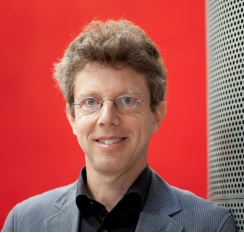 Title: Onto the Grid and Off the Grid: on measures and picture puzzles
Title: Onto the Grid and Off the Grid: on measures and picture puzzlesAbstract: Two main approaches to storing geometry are the grid-based and the vector-based one. When converting, we typically want to ensure a certain maximum error described by a measure. We show that a simple polygon can always be represented on the grid with constant Hausdorff distance and sometimes with constant Frechet distance. This is useful for instance for Japanese picture puzzles, which require black-and-white pixel art. Moreover, we also demonstrate that Japanese picture puzzles exist without a grid, giving rise to other geometric measures for their quality.
Biography:
Marc van Kreveld is a professor in computational geometry and its applications at the Department of Information and Computing Sciences of Utrecht University, the Netherlands. Best known as a co-author of the textbook "Computational Geometry - Algorithms and Applications", he leads the Virtual Worlds Division in Utrecht. His work was published in about 100 journal articles and 100 peer-refereed conference papers with over 150 co-authors. In addition to geometric algorithms, Prof. van Kreveld's research interests include GIScience, movement data algorithms, graph drawing, and puzzle design. The latter started as a hobby which made its way into his research and teaching in computational geometry and expanded to other puzzle types - like paper-based drawing puzzles and digital puzzles. Prof. van Kreveld played leading roles in many conferences: he has served as program committee co-chair of the International Symposium on Computational Geometry and the International Symposium on Graph Drawing, and organizing co-chair of CG Week, including the International Symposium on Computational Geometry. He has been invited speaker at the European Symposium on Algorithms (Wroclaw) and at the Workshop on Computational Geometry and Games (Kyoto). In addition, he is on the editorial board of four major journals: Computational Geometry - Theory and Applications, Journal of Computational Geometry, Journal of Spatial Information Science, and ACM Transactions of Spatial Algorithms and Systems. In 2016, Prof. van Kreveld has been elected for a member of the Steering Committee of Computational Geometry.
Prof. Christian Ronse
University Professor in Computer Science
Université de Strasbourg, France
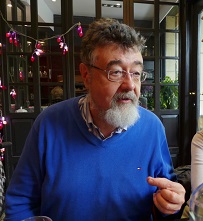 Title: Orders on partial partitions for image segmentation, filtering and reduction
Title: Orders on partial partitions for image segmentation, filtering and reductionAbstract:
In partition-guided image processing, operations on images follow operations on corresponding (partial) partitions representing significant image zones. The improvement of images corresponds then to an order on partial partitions. Thus we have investigated orders on partial partitions that can be relevant for image filtering, segmentation or reduction. The standard order on partial partitions (the natural extension of the refinement order on partitions) combines 3 types of operations: merging, creating and inflating blocks. These operations and their combinations lead to 6 orders (including the standard one), which can be useful in image filtering and segmentation, when large zones and a big image support are sought for. A generalization of block merging is block apportioning; it can be useful to eliminate parasitic zones and transitions. Apportioning, combined with the previous operations, leads to 3 new orders, generalizing 3 of the previous ones, and having a similar relevance in image filtering and segmentation. Combining block merging or apportioning with block removal and deflating (the opposites of creating and inflating) leads to 4 new orders that can be useful in image reduction, when a small number of zones and a small image support are sought for. Further research will be needed for devising criteria and measures for selecting optimal partial partitions corresponding to an image analysis problem.
Biography:
Christian Ronse studied pure mathematics at the Université Libre de Bruxelles (Licence, 1976) and the University of Oxford (M.Sc., 1977; Ph.D., 1979), specializing in group theory. From 1979 to 1991 he was Member of Scientific Staff at the Philips Research Laboratory Brussels, where he conducted research on combinatorics of switching circuits, feedback shift registers, discrete geometry, image processing, and mathematical morphology. During the academic year 1991-1992 he worked at the Université Bordeaux-1, where he obtained his Habilitation diploma. Since October 1992, he has been Professor of Computer Science at the Université de Strasbourg (promotion to First Class in 2001, and to Exceptional Class in 2010). There he contributed to the development of a research group on morphological image analysis, and the teaching of image processing to students at various levels. His scientific interests include lattice theory, imaging theory, mathematical morphology, discrete topology and image segmentation.
Prof. Günter Rote
Professor
Institut für Informatik
Freie Universität Berlin, Germany
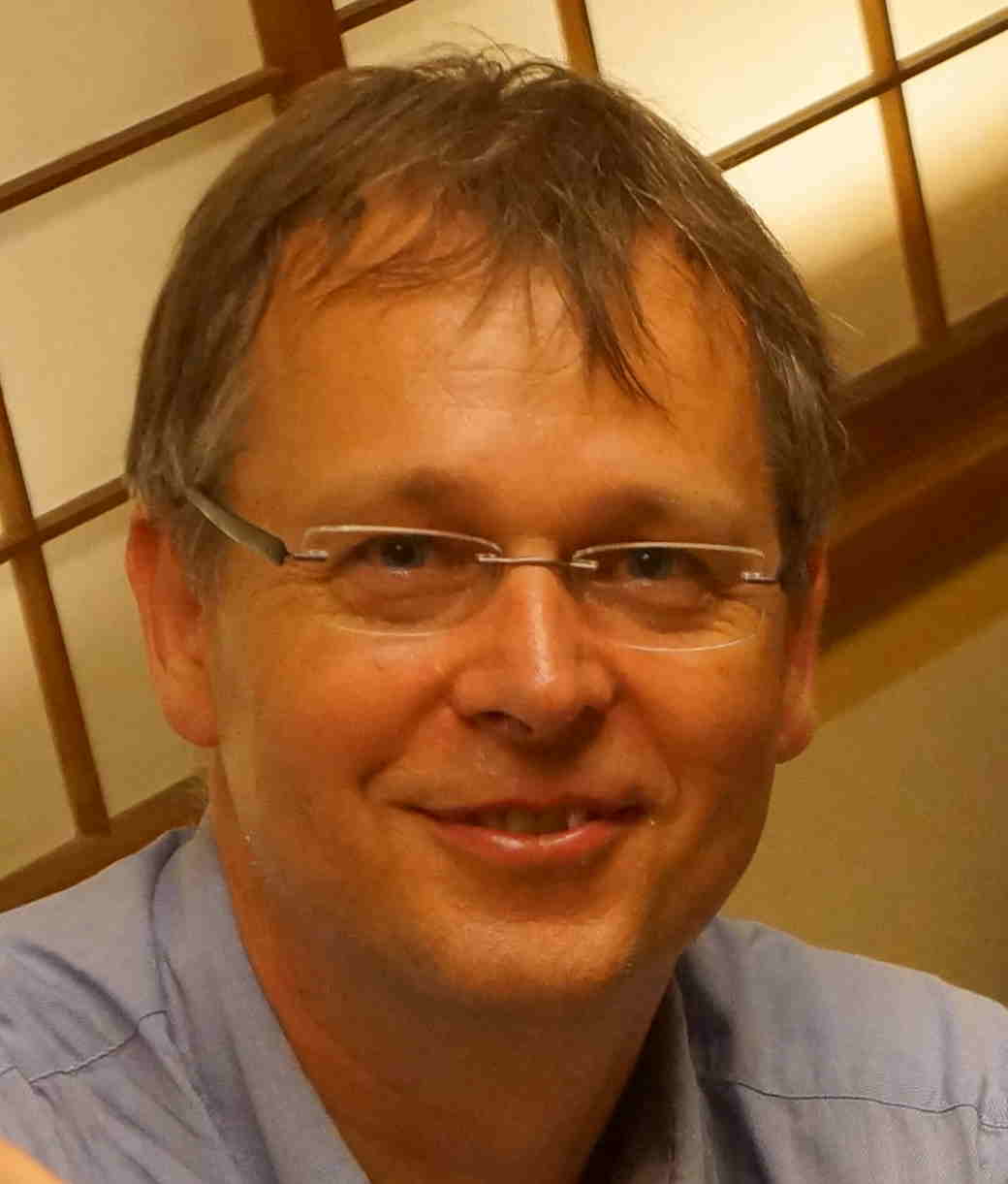 Title: Congruence testing in 4-space
Title: Congruence testing in 4-spaceAbstract:
Testing two geometric objects for congruence, i.e., whether they are the same up to translations and rotations (and possibly reflections) is a fundamental question of geometry. In two and three dimensions, the problem has been solved for two n-point sets in optimal O(n log n) time in the 1970s and 1980s, using various algorithmic techniques such as string matching and planar graph isomorphism. In d dimensions, for a small constant d, the fastest previous algorithm is a randomized Monte Carlo algorithm of Akutsu (and Matoušek), which takes time O(n^{floor(d/2)/2} log n). It uses a dimension reduction technique and closest-pair graphs. Some people believe that the problem should be solvable in O(n log n) time in any fixed dimension d. Recently, in joint work with Heuna Kim, we have made some progress on this question by finding an algorithm for solving the 4-dimensional problem in O(n log n) time. I will give some glimpses into the components of this algorithm. It is based on the structure of four-dimensional rotations, Hopf fibrations, and the regular polytopes.
Biography:
Günter Rote has been a Professor of Theoretical Computer Science at Freie Universität Berlin since 1999. He got his Ph.D. from the Technical University of Graz, Austria, in 1988 in the area of combinatorial optimization. By now, his main field of interest is computational geometry. He is a co-editor-in-chief of the "Journal of Computational Geometry", one of the four journals that specialize in this field and the only one that provides fully open access. His interests are manifold. He has worked on motion-planning problems both with a view on practical applicability (robot motion) as well as theoretically (leading to the solution of the Carpenter's rule problem: Every polygonal chain can be continuously unfolded without self-crossings while keeping edge lengths fixed). He likes to enlist the help of computers in his research. He has investigated the growth rate of the number of different polyominoes as the number of cells increases (Klarner's constant). With the help of a supercomputer, a team that includes professor Rote is holding the current record lower bound, establishing rigorously for the first time that this constant is bigger than 4. Professor Rote has been a visiting scientist at the University of Waterloo in 1990 and at Freie Universität Berlin in 1988/89.